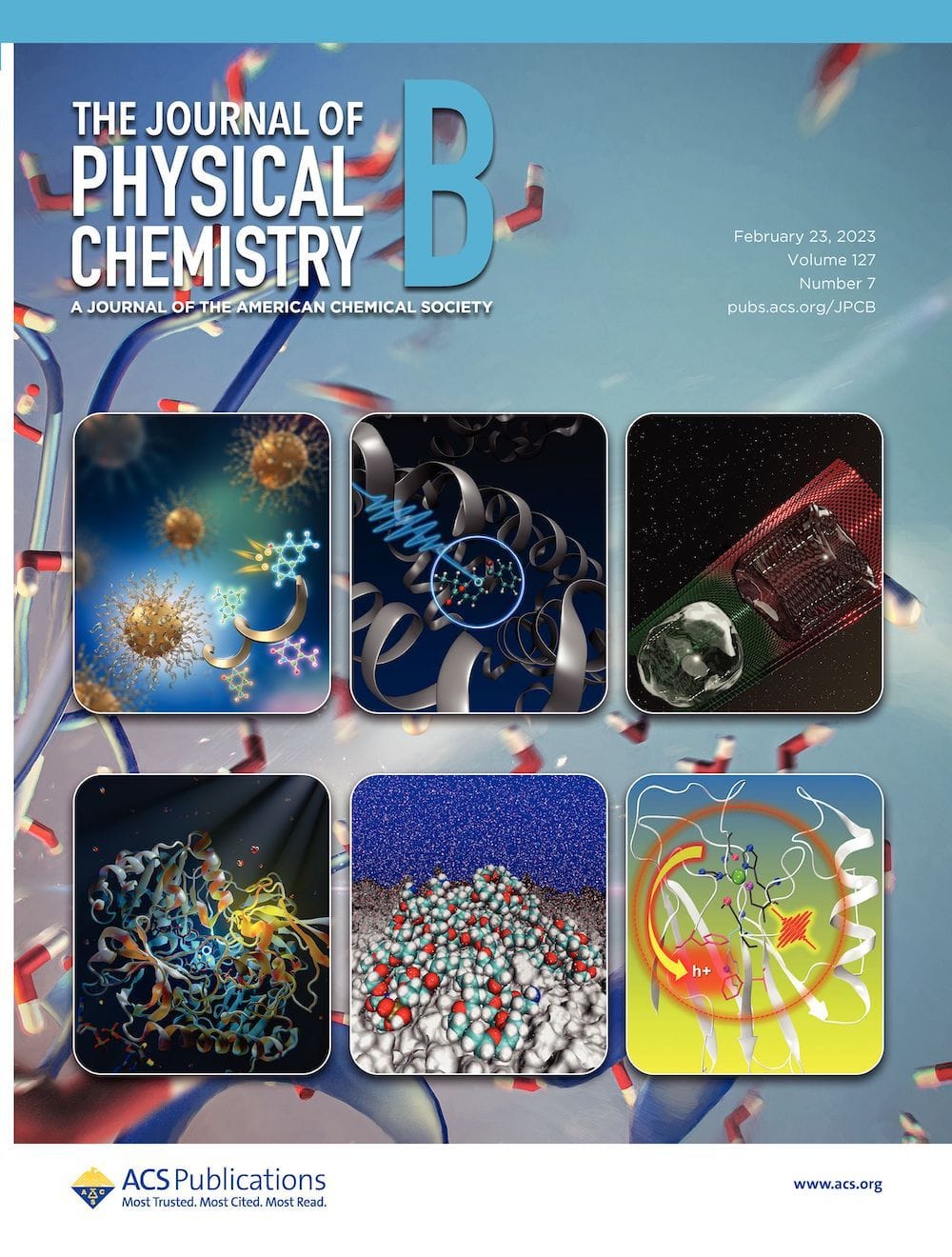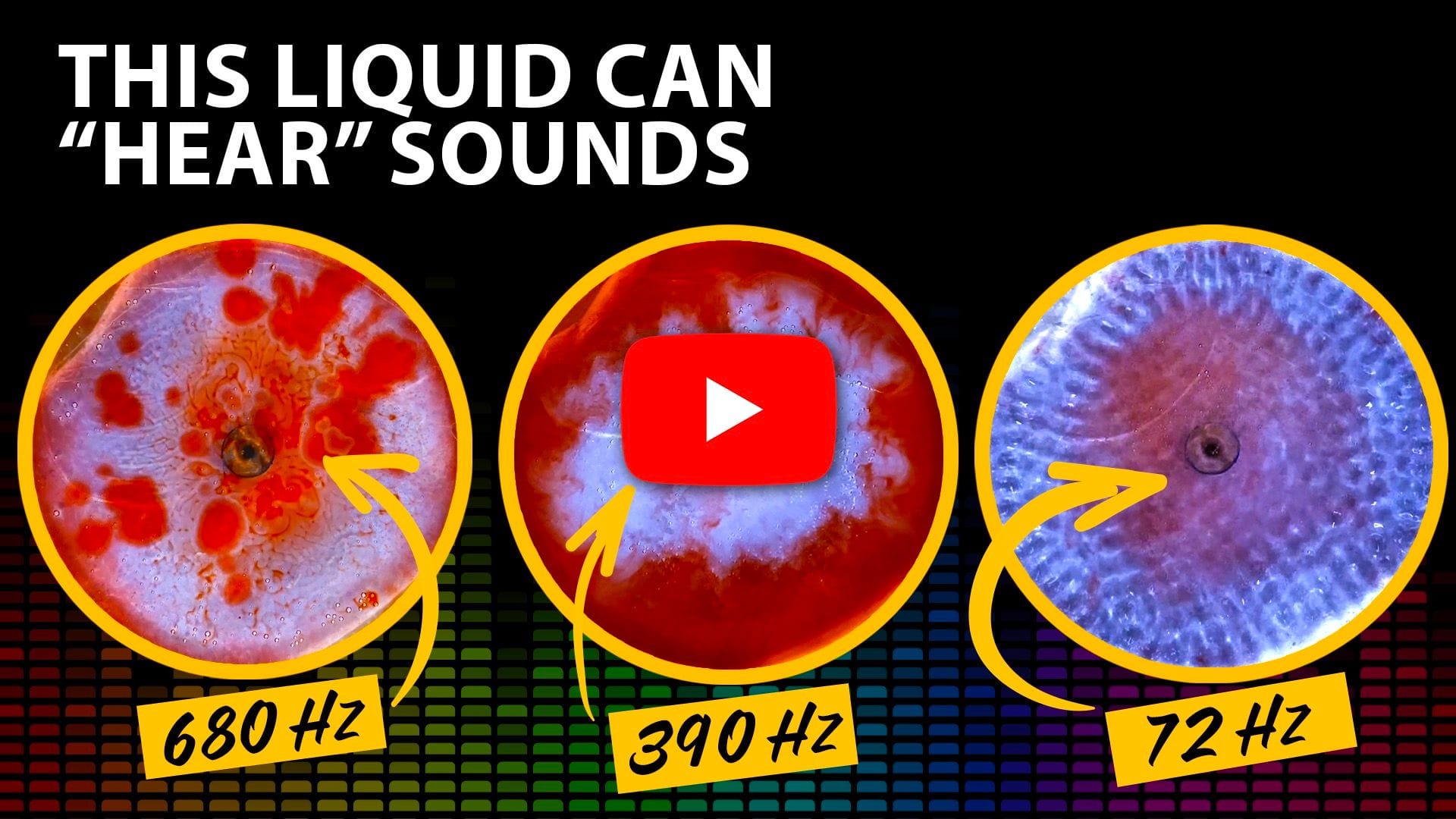Harnessing the Belousov–Zhabotinsky (BZ) reaction, scientists have developed a liquid that reacts to sound, potentially leading to advances in computing, robotics, and hearing aid technologies.

In a fascinating crossover between chemistry and acoustics, researchers have transformed a liquid medium into an acoustic sensor that can "hear" different sound frequencies. The study, published in The Journal of Physical Chemistry B, explores the Belousov–Zhabotinsky (BZ) reaction, known for its mesmerizing color changes, and demonstrates how it could mimic aspects of human hearing.
The BZ reaction is a process that demonstrates a type of chemical oscillation, where certain chemicals react together to produce visible, rhythmic color changes. It has shown an unexpected ability to respond to different sound frequencies by forming distinct patterns—drawing parallels with the human ear, where the cochlea translates sound waves into nerve signals.
In their study, the researchers placed a thin layer of the BZ reaction in a Petri dish and subjected it to vertical vibrations generated by a loudspeaker system. The setup was precisely tuned to mirror the mechanical-to-chemical energy transduction similar to that of the human cochlea. Each frequency tested created unique spatiotemporal patterns in the reactive liquid, akin to a visual symphony directed by the pitch and tone of the sound waves.

Neuromorphic Engineering in Wetware: Discriminating Acoustic Frequencies through Their Effects on Chemical Waves
The Journal of Physical Chemistry B
DOI: 10.1021/acs.jpcb.3c08429
Their findings suggest that the BZ reaction could potentially act as a surrogate for the human cochlea. For those with hearing impairments, the authors note the potential for a new kind of auditory aid, where sound frequencies are translated into visible patterns. Furthermore, this bio-inspired system could have useful applications in advanced robotics and AI development—and particularly in neuromorphic engineering, which aims to create brain-like processing capabilities in non-biological systems.
The authors note that while there's much more to explore, especially when it comes to responding to multiple frequencies and inaudible sounds, the system has great potential to open up a spectrum of possibilities for interdisciplinary innovation.
Watch the video around this research created by the ACS Science Communications team:
Want to learn more about the Belousov–Zhabotinsky (BZ) reaction? Explore these ACS journal articles:
Anisotropically Deforming Sandwich-Type Self-Oscillating Gels: A Hierarchical Model Platform of Cardiac Tissue
Won Seok Lee, Takafumi Enomoto, Aya Mizutani Akimoto, and Ryo Yoshida*
Chemistry of Materials
DOI: 10.1021/acs.chemmater.3c02969
Pattern Recognition of Chemical Waves: Finding the Activation Energy of the Autocatalytic Step in the Belousov–Zhabotinsky Reaction
L. Howell, E. Osborne, A. Franklin, and É. Hébrard*
The Journal of Physical Chemistry B
DOI: 10.1021/acs.jpcb.0c11079
The Belousov–Zhabotinsky Reaction in Thermoresponsive Core–Shell Hydrogel Microspheres with a Tris(2,2′-bipyridyl)ruthenium Catalyst in the Core
Kohei Inui, Takumi Watanabe, Haruka Minato, Shusuke Matsui, Keito Ishikawa, Ryo Yoshida, and Daisuke Suzuki*
The Journal of Physical Chemistry B
DOI: 10.1021/acs.jpcb.0c02238
Delayed Mechanical Response to Chemical Kinetics in Self-Oscillating Hydrogels Driven by the Belousov–Zhabotinsky Reaction
Tunde Geher-Herczegh, Zuowei Wang*, Tsukuru Masuda, Ryo Yoshida, Nandini Vasudevan, and Yoshikatsu Hayashi*
Macromolecules
DOI: 10.1021/acs.macromol.1c00402
Chemistry and Mathematics of the Belousov–Zhabotinsky Reaction in a School Laboratory
Irina Barzykina*
Journal of Chemical Education
DOI: 10.1021/acs.jchemed.9b00906
The BZ Reaction: Experimental and Model Studies in the Physical Chemistry Laboratory
Omar Benini, Rinaldo Cervellati, and Pasquale Fetto
Journal of Chemical Education
DOI: 10.1021/ed073p865
